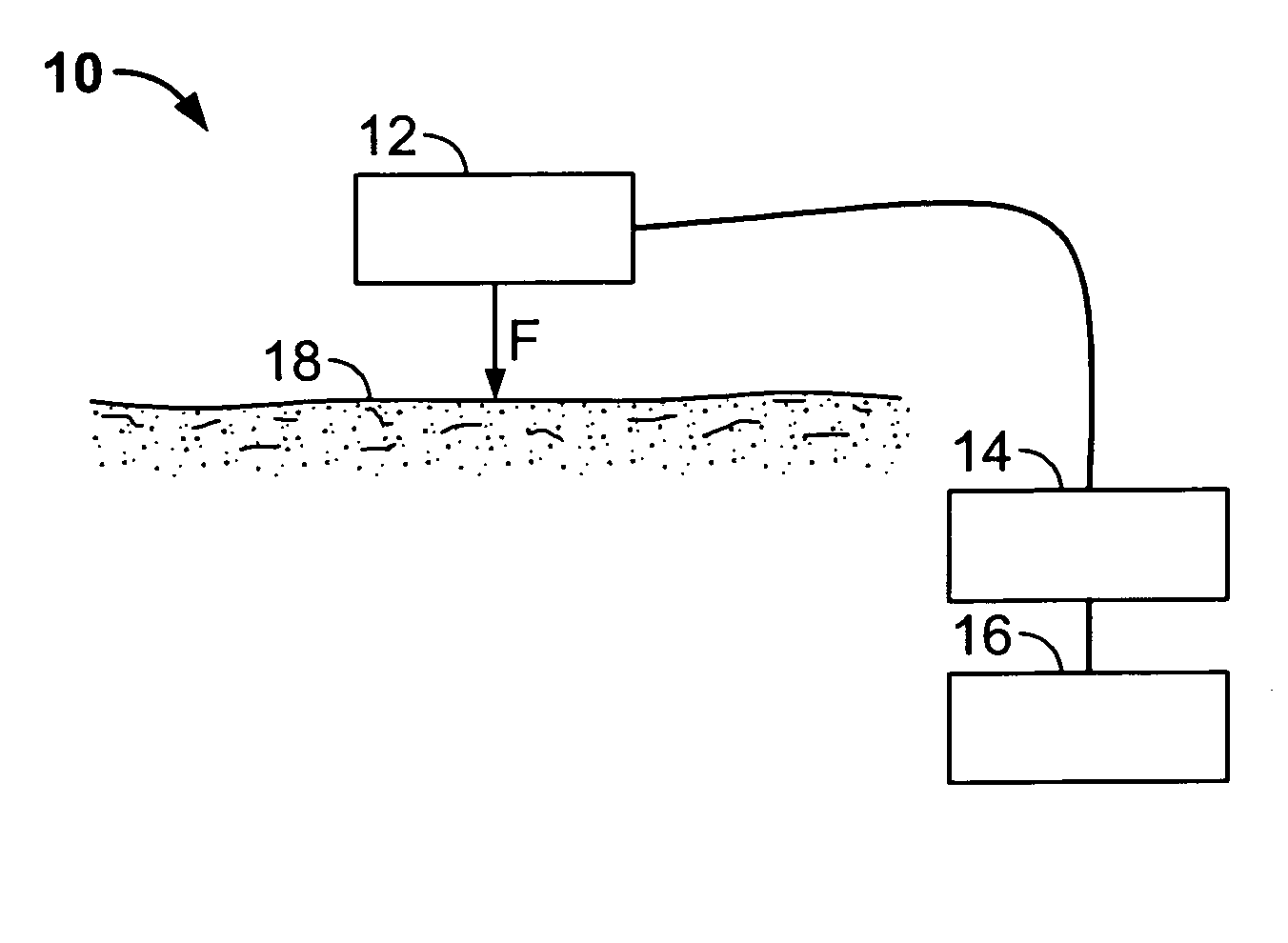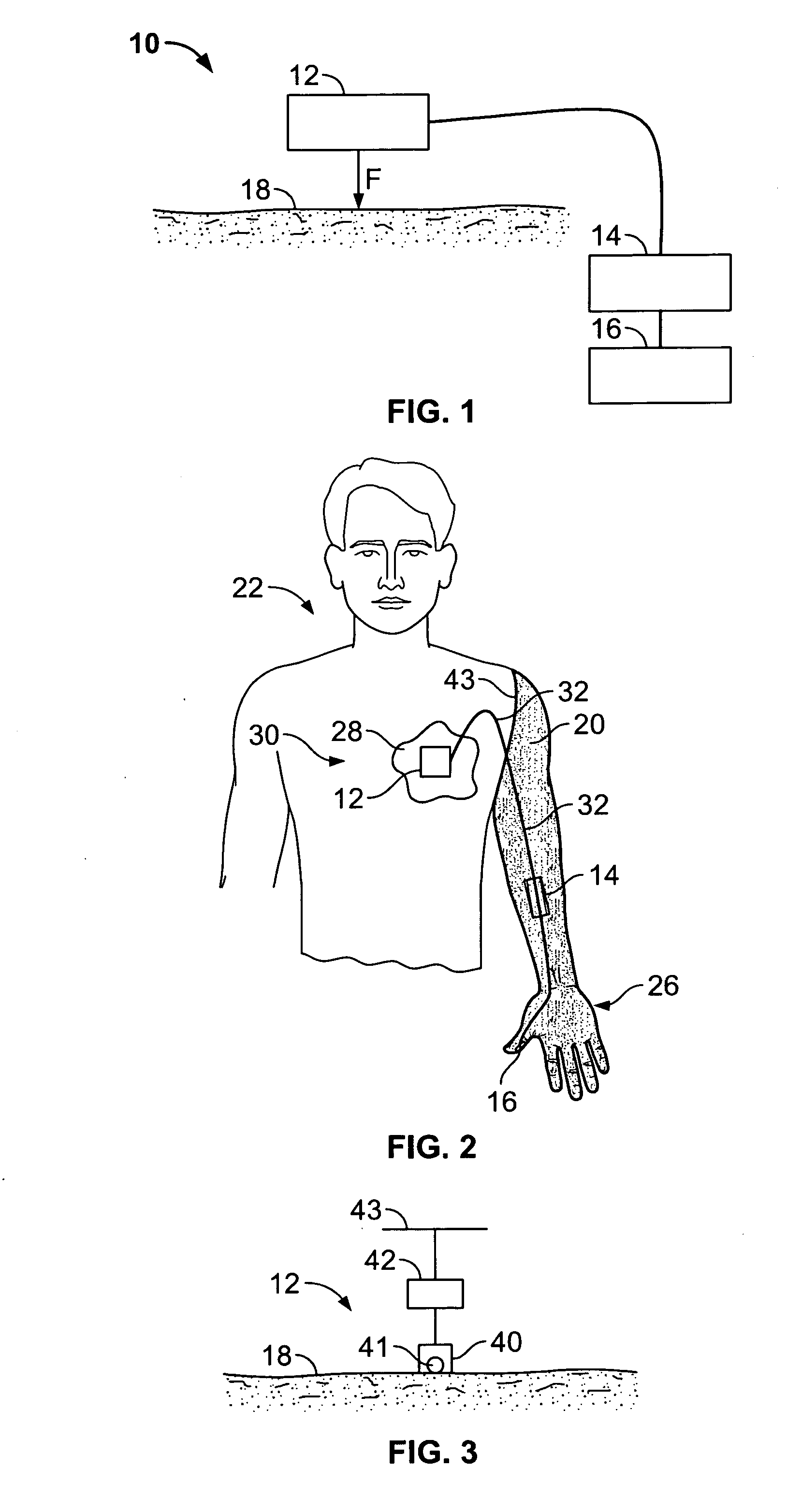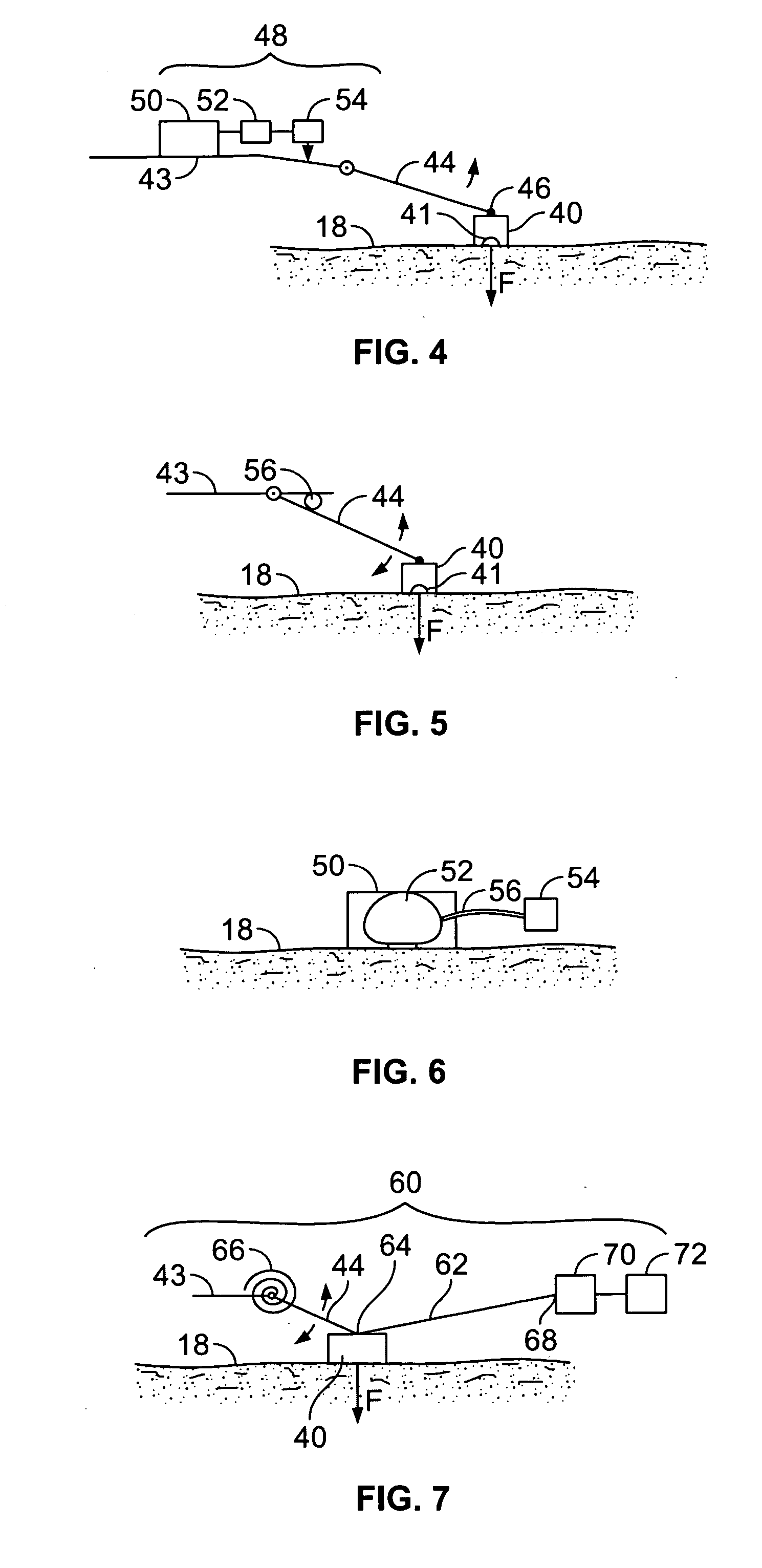System and method for improving the functionality of prostheses
a technology of prosthesis and functional technology, applied in the field of prosthesis, can solve the problems of lower limb amputees, unsatisfactory functionality of prosthesis, and considerable challenge in improving the functionality of prosthesis,
- Summary
- Abstract
- Description
- Claims
- Application Information
AI Technical Summary
Benefits of technology
Problems solved by technology
Method used
Image
Examples
examples
[0059] 1. This example describes targeted reinnervation to transfer nerves from a lost limb to denervated pectoralis muscle, achieving sensation of the lost limb on the chest of a subject. To evaluate this sensation as a potential for feedback in accordance with the invention, a high compliance / low inertia series elastic actuator could be used to apply force to the skin surface over the pectoralis muscle. The subject will have good force resolution when an external force is applied using an instrumented terminal device.
Setup
Nerve Rewiring
[0060] Using targeted reinnervation to transfer nerves from a lost limb to denervated pectoralis major and minor muscles 100 and 102 as shown in FIG. 8, sensation of the lost limb may be achieved on the chest of a subject. Four independently controlled nerve-muscle units below clavicle 120 and above nipple 123 can be created by surgically anatomizing residual brachial plexus nerves 104, 106, 108, and 110 (musculocutaneous nerve, median nerve; ra...
PUM
 Login to View More
Login to View More Abstract
Description
Claims
Application Information
 Login to View More
Login to View More - R&D
- Intellectual Property
- Life Sciences
- Materials
- Tech Scout
- Unparalleled Data Quality
- Higher Quality Content
- 60% Fewer Hallucinations
Browse by: Latest US Patents, China's latest patents, Technical Efficacy Thesaurus, Application Domain, Technology Topic, Popular Technical Reports.
© 2025 PatSnap. All rights reserved.Legal|Privacy policy|Modern Slavery Act Transparency Statement|Sitemap|About US| Contact US: help@patsnap.com



